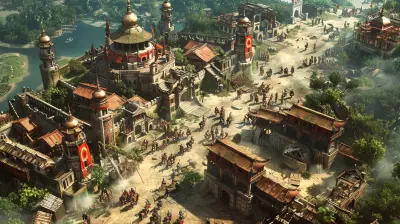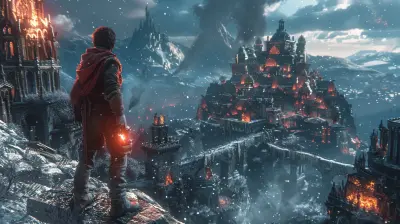Unique Weapon Mechanics We Want to See More Of in Action Games
11 July 2025
When was the last time a video game weapon made you go, “Wow, I’ve never seen anything like this before!”? Sure, most of us are used to the standard arsenal of shotguns, pistols, RPGs, and swords, but let’s be real—those are starting to feel, well, a bit samey. Don’t get me wrong, blasting through hordes of enemies with a trusty assault rifle or slicing someone in two with a katana is always fun, but gaming has so much more potential than that. What if weapon mechanics could surprise us, challenge us, or even change the way we approach games?
In this article, we’ll dive into some of the most unique weapon mechanics that have popped up in action games over the years and explore why we desperately need more of these inventive designs. Ready to geek out? Let’s jump in.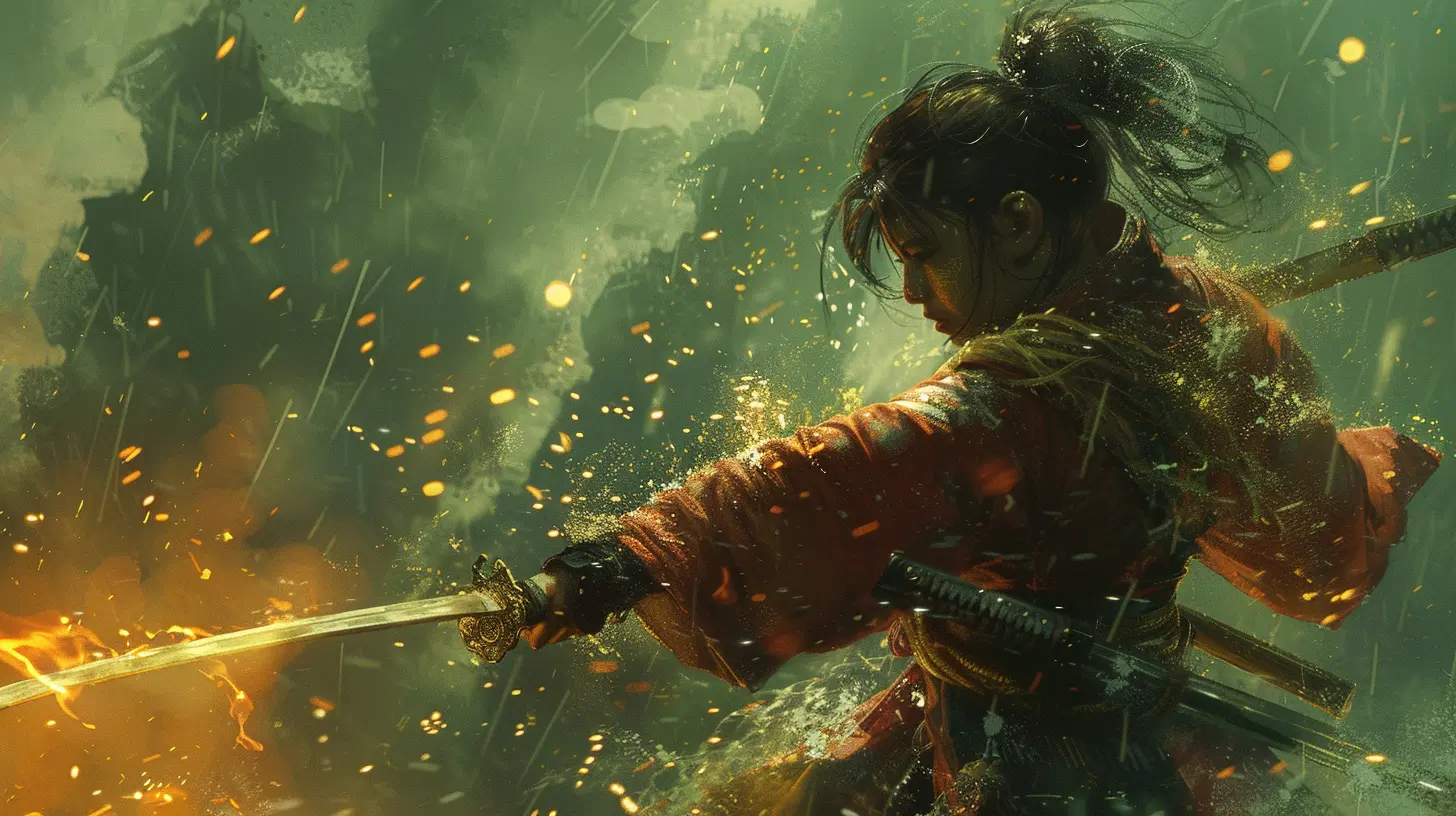
1. Weapons That Evolve with Player Choices
Wouldn’t it be cool if your weapon wasn’t just a static tool but a living, evolving thing that reflected you? Some games have toyed with this idea, and let me tell you—it’s a breath of fresh air.Take "Infamous 2", for example. Depending on whether you took the good or bad karma route, your character’s powers and weapons shifted drastically. Another great example is the "Fable" series, where your weapon could morph based on your moral choices. Help a bunch of villagers, and you’d end up with a glowing holy sword; wreak havoc, and your blade might turn into something straight out of a nightmare.
Now imagine this concept in a high-octane action game. What if your shotgun started sprouting alien tentacles because you kept using it for brutal executions? Or if your trusty sword grows thorns because you’ve been playing too defensively? Weapons evolving based on player behavior wouldn’t just be visually cool—it could add an extra layer of strategy. You’d actually have to think about how your playstyle affects your gear. That’s the kind of depth we’re craving.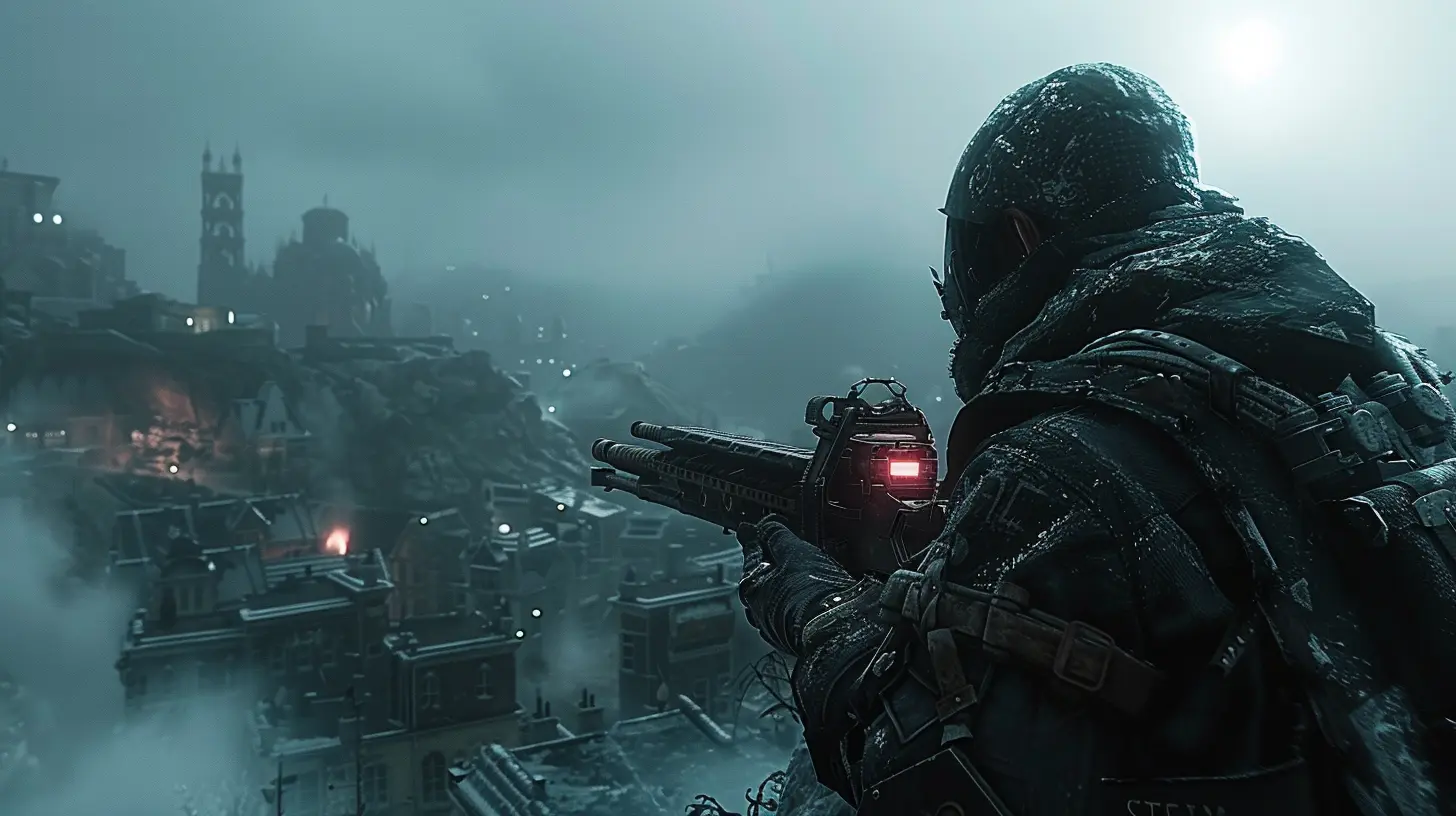
2. Weapons That Interact with the Environment
Picture this: you’re in the middle of a firefight, and instead of just peppering your enemies with bullets, you notice a huge oil slick nearby. What if your weapon could manipulate that? Boom—instant chaos.The "Just Cause" series has dabbled in this with its grappling hook. You could tether objects together, pull down structures, or use the environment in ways that made each encounter feel dynamic. Similarly, in "Prey" (2017), the GLOO Cannon lets you freeze enemies, create makeshift platforms, or block hazards. It adds that layer of creativity that makes you think beyond "point and shoot."
We need more weapons like this—tools of destruction that also encourage improvisation. Imagine a flamethrower that doubles as a jetpack or a grenade launcher that can terraform the battlefield. Suddenly, every level isn’t just a shooting gallery; it's a playground begging to be experimented with.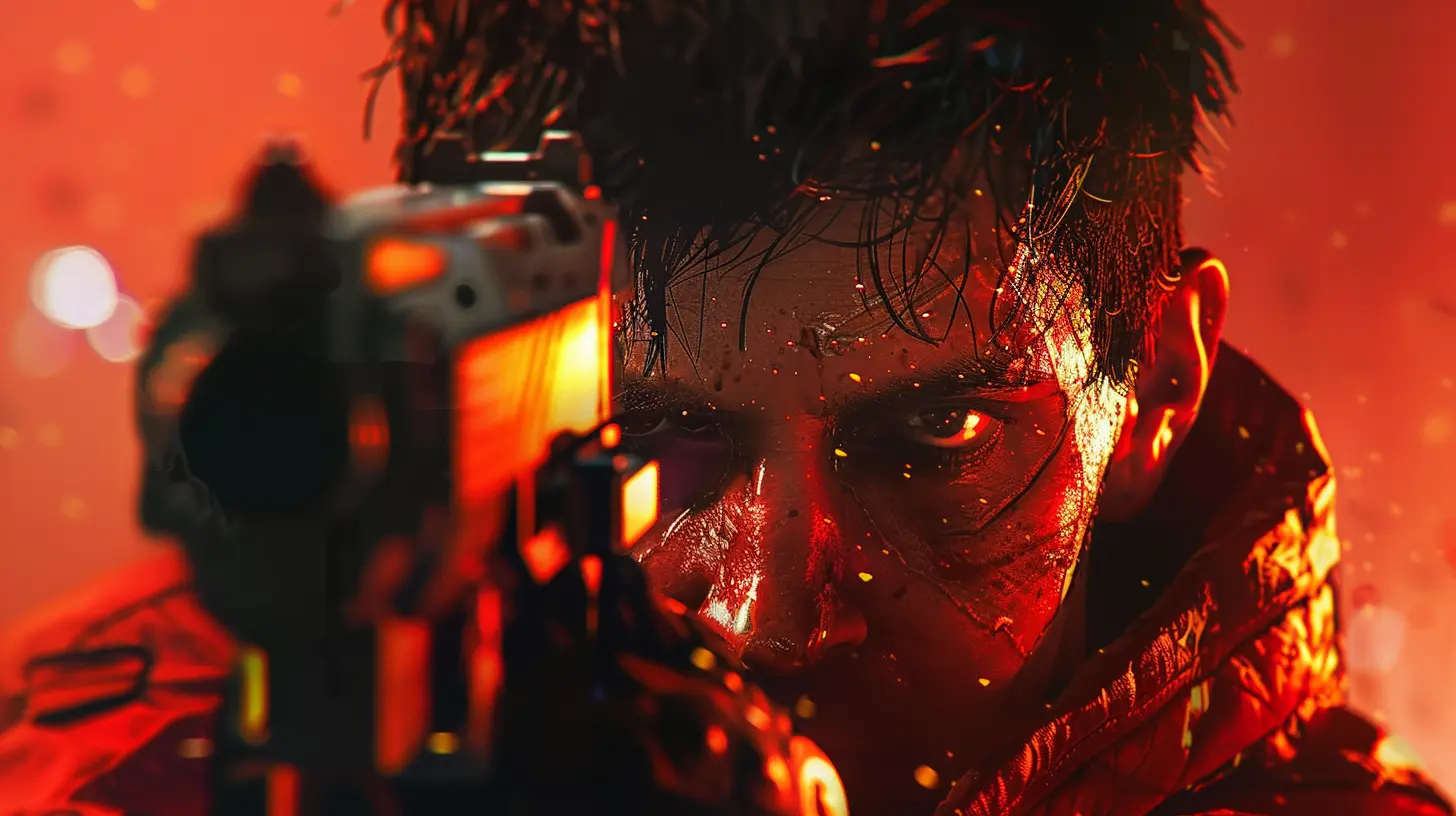
3. Weapons with Time-Based Mechanics
Let’s talk about time. Specifically, how cool it is when a weapon allows you to manipulate it. Time-bending mechanics aren’t new, but they’re criminally underused. "Superhot" is an obvious contender here. In this game, time only moves when you do, and every bullet fired or dodge you make feels like a choreographed dance. It’s pure brilliance.Or what about "Quantum Break"? It gave players the ability to freeze enemies in time or slow down projectiles, creating a cinematic edge to combat. Now imagine an action game where every weapon had some sort of temporal gimmick. A sniper rifle that rewinds its shot if you miss? A sword that speeds up your movements every time you land a hit? Time manipulation is the kind of mechanic that takes your brain for a ride, and honestly, we’re all here for it.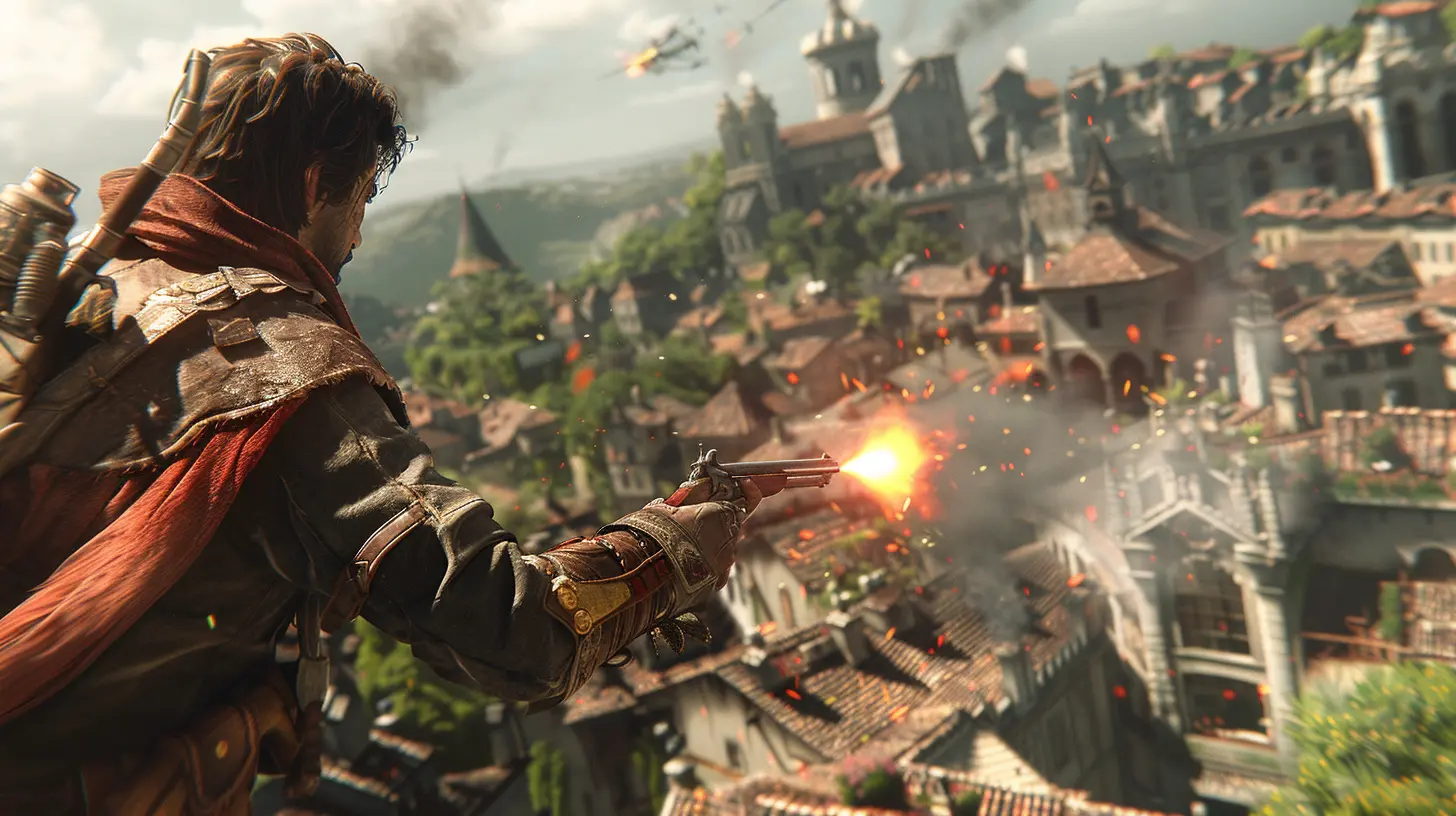
4. Weapons That Harm the Player Too
This one might sound counterintuitive, but hear me out. What if the most powerful weapons in a game weren’t just easy “I win” buttons but came with a cost? I’m talking about guns or blades that are devastatingly effective but hurt you in the process.One standout example? The legendary Riskrunner SMG from "Destiny 2". This bad boy becomes more powerful when you take damage, rewarding risky playstyles. Similarly, in the cult-classic indie game, "Nuclear Throne", you can find weapons that explode on impact but deal splash damage to you if you're standing too close. It’s a high-risk, high-reward mechanic, and it adds so much tension to every encounter.
We need more of this “double-edged sword” style of design. Imagine wielding a cannon that drains your health but deals massive AoE damage or a blade that inflicts status effects on both you and your enemies. It would completely change how we approach fights. Do you play it safe, or do you go all in? That kind of decision-making keeps adrenaline levels sky-high.
5. Shape-Shifting Weapons
Remember how we all freaked out when the Leviathan Axe from "God of War" (2018) became an instant classic because of the way it felt to throw and recall? That sense of connection between the player and weapon was chef’s kiss. Now, imagine if your weapon didn’t just have one form, but could transform entirely, depending on the situation.The "Bloodborne" series nailed this with its Trick Weapons. One second, you’re holding a whip sword; the next, it folds into a massive hammer. It’s like a Swiss Army knife for demon-slaying. Another great example is Cereza's hair-based weapons from "Bayonetta", which shapeshift and grow in absurdly creative ways during combos.
Shape-shifting weapons could elevate action games to the next level. Think about a gun that can split into two smaller handguns for close combat or a staff that morphs into a spiked chain at the press of a button. The possibilities are endless, and the combat flow would feel so much more dynamic.
6. Weapons That Interact with AI Teammates
Have you ever played a game where your AI companions felt like dead weight? Same. But what if your weapons could actually integrate with them to create some mind-blowing teamwork?Take "Apex Legends", for instance. While not a weapon per se, Lifeline’s drone interacts with her teammates for healing support. Now imagine an action game where your gun could sync with your AI buddy for unique combos. You’re sniping from afar, and your drone’s laser marks targets so your shots deal extra damage. Or, your blade generates energy that fuels your companion’s shield.
This kind of synergy could deepen the connection between players and the world they’re fighting in. It would make AI teammates feel less like liabilities and more like strategic tools.
7. Weapons That Break the Fourth Wall
Alright, I’m going a little meta with this one, but stick with me. What if a weapon wasn’t just a weapon—it was almost self-aware? Think of the Mimic Gun from "Enter the Gungeon", which duplicates any weapon in the game, or the Gunbrella from the indie title of the same name, which flips between weapon and traversal tool.Fourth-wall-breaking weapons could take this concept even further. Maybe there’s a gun that changes its abilities based on your achievements or how often you reload. Or a sword that reacts to your frustration level (hello, mic integration!) and gets stronger when you yell at the screen. It sounds wild, but sometimes that’s exactly what we need: weapons that make gaming feel unpredictable and alive.
Wrapping Up: Bring on the Innovation!
Let’s face it—action games are awesome, but they’re also overdue for an injection of fresh weapon mechanics. Whether it's weapons that evolve with your choices or tools that mess with time, the best designs are the ones that make us sit up, pay attention, and say “Wait, WHAT just happened?”Developers, if you’re reading this, take note! And as players, let’s keep supporting the studios pushing boundaries. The next time you’re wielding an average old assault rifle in your favorite game, think about how much cooler it’d be if it could sprout an extra barrel, teleport you, or call down lightning from the sky. The future of gaming weapons is wide open, my friends.
all images in this post were generated using AI tools
Category:
Action GamesAuthor:

Pascal Jennings
Discussion
rate this article
1 comments
Runevale Stone
Can I equip a potato launcher, please?
July 20, 2025 at 3:08 AM

Pascal Jennings
Absolutely! A potato launcher could add a fun, quirky element to gameplay, blending creativity with strategy.

